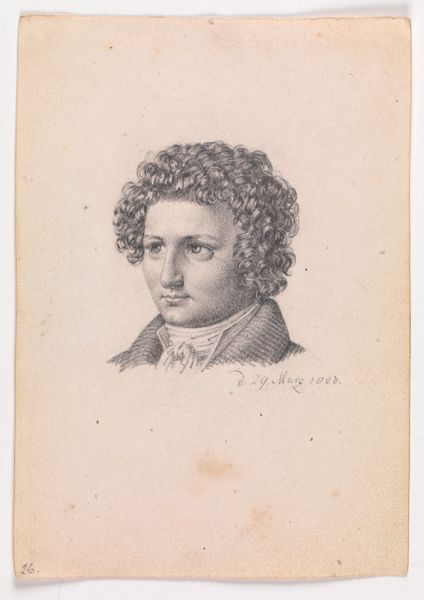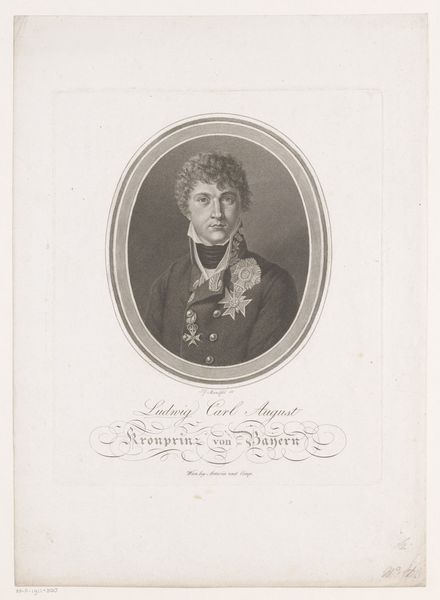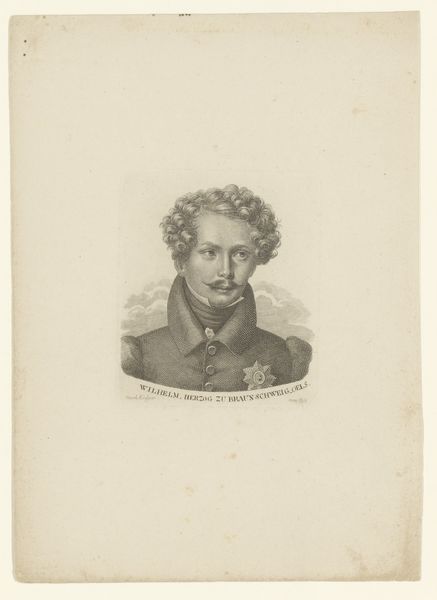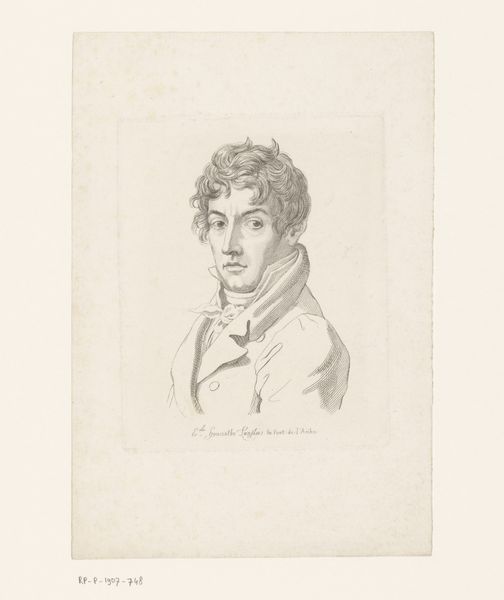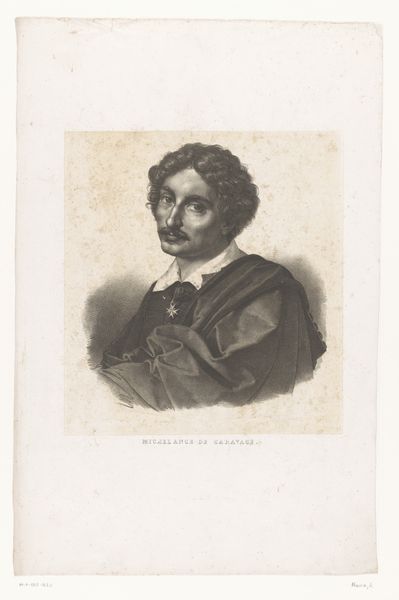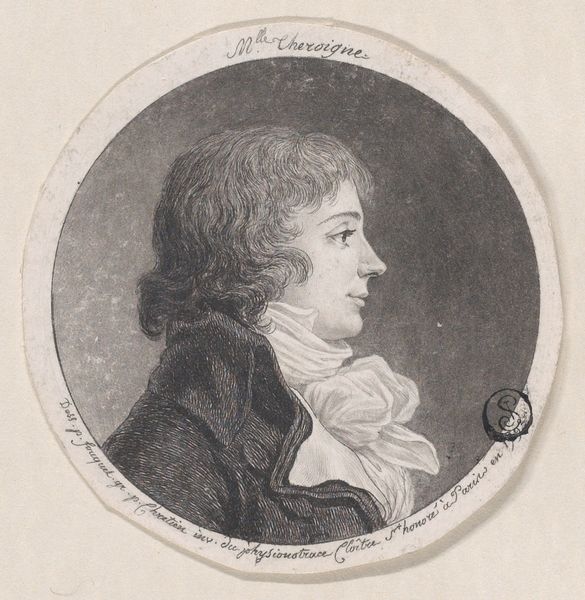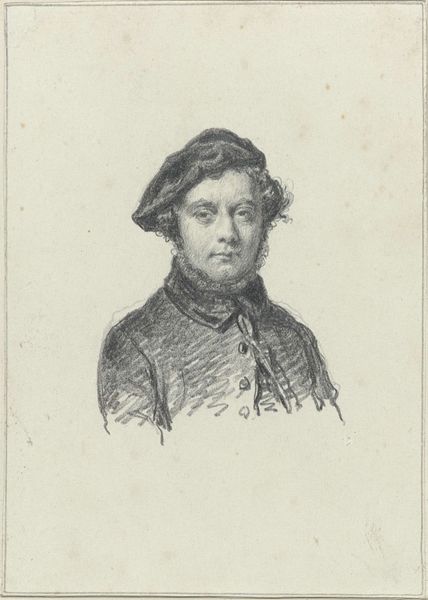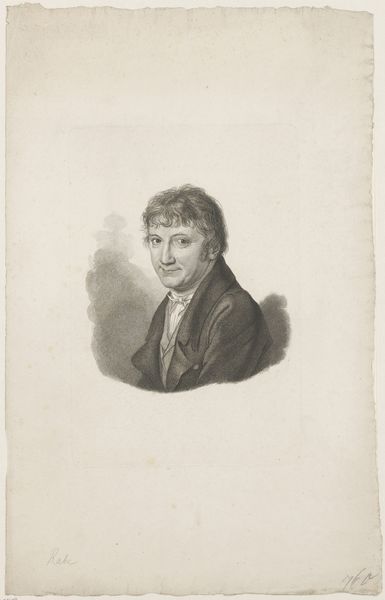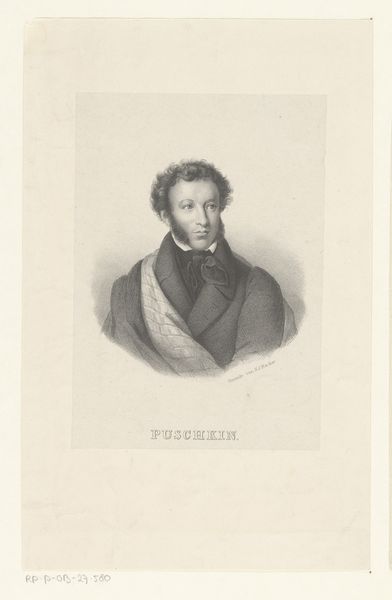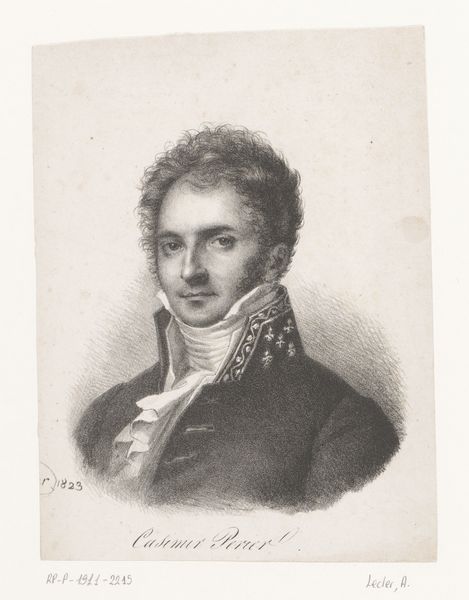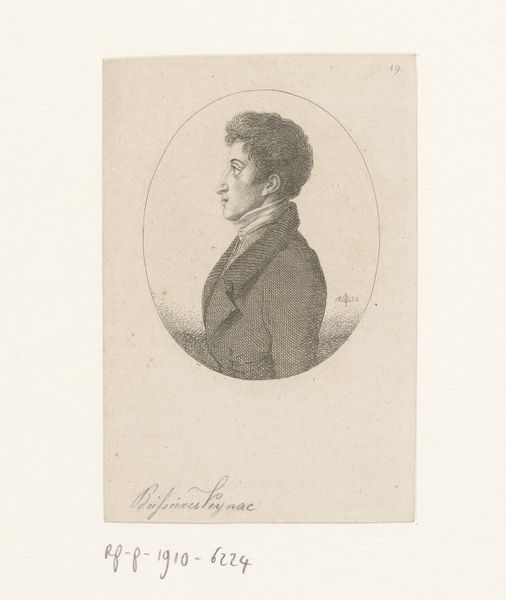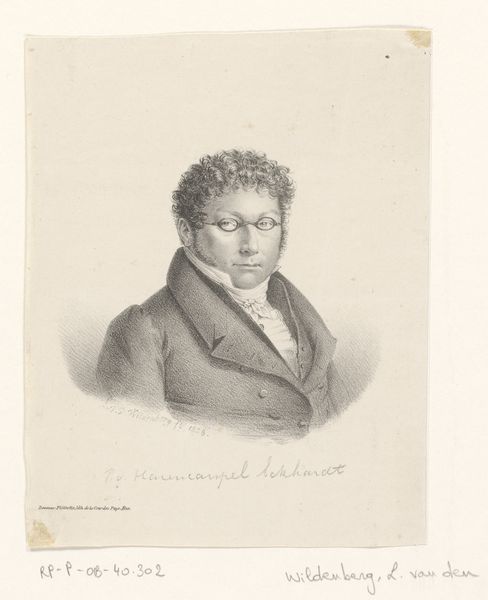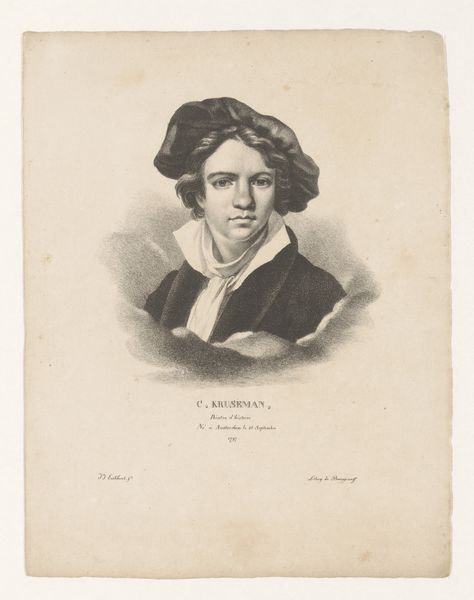
drawing, print, engraving
#
portrait
#
drawing
#
neoclassicism
# print
#
engraving
Dimensions: height 165 mm, width 152 mm
Copyright: Rijks Museum: Open Domain
Editor: This is Johann Nepomuk Muxel's "Portrait of August van Leuchtenberg," dating somewhere between 1815 and 1870. It’s a drawing and engraving – a print, really. I’m struck by the subject’s elaborate military-style jacket. What stands out to you about this piece? Curator: Well, first, consider the labor involved in creating an engraving like this. Every line meticulously etched into a metal plate. This wasn’t a quick sketch, but a deliberate act of reproduction intended for wider consumption. Who had access to these images, and what kind of social power did that confer? Also, think about the engraver – their skill, their access to materials, their place in the printmaking economy. These details give us insight into the image beyond just a record of someone's face. Editor: That's interesting; I hadn't considered the production side of things. It makes sense, especially since this was likely reproduced multiple times. Does the material itself—the print—influence how we see the subject? Curator: Absolutely. The choice of printmaking connects it to a burgeoning media landscape. Portraits were no longer solely the domain of painted elites. Prints democratized access, creating a new kind of visual culture tied to commercial forces. Note also that the lines defining the face are distinct from the lines which define the uniform. This is a deliberate strategy of material display, typical of the early to mid 19th century when there were nascent, developing techniques that created distinct finishes. Editor: So, looking at it as a commodity rather than just art opens up new perspectives on its role in society? Curator: Precisely. We can start to unravel how art objects were produced, circulated, and consumed, which then connects art making to power and access during that era. This connects August to emerging printmaking technology and dissemination. Editor: I'll definitely be paying closer attention to materials and production techniques from now on. Curator: Exactly, focusing on these factors offers a richer, more nuanced interpretation of historical prints such as this one.
Comments
No comments
Be the first to comment and join the conversation on the ultimate creative platform.
